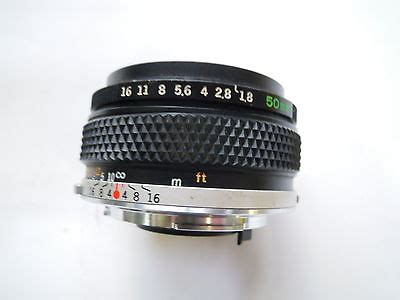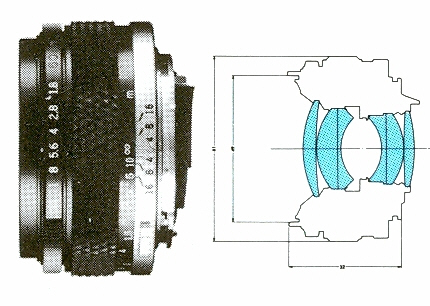The Lens details of a series of images taken by Steve Cushing on mirrorless camera.
HistoryOlympus Corporation (
オリンパス株式会社, Orinpasu Kabushiki-gaisha) is a Japanese manufacturer of optics which was first established in 1919 specialising at that time in microscopes and thermometers. By 1936, Olympus introduced its first camera, the Semi-Olympus I, fitted with the very first Zuiko branded lens “Zuiko,” taken from Japanese kanji characters means “light of the gods.”
Olympus lenses have a long history of excellence – continually pushing the envelope of lens technology and performance. Olympus remained a relatively strong manufacturer in postwar Japan and in 1952 launched the Olympus Flex I. It was the first twin-lens reflex camera manufactured by Olympus and was developed in response to a sudden rise in the popularity of twin-lens reflex cameras in postwar Japan. Though Olympus modelled the Flex I on the Rollei Flex, it targeted an even higher level of performance, and the camera incorporated numerous unique Olympus features.
The first innovative single lens camera series from Olympus was the Pen, launched in 1959. It used a half-frame format, taking 72 18×24 mm photographs on a standard 36-exposure 35mm film cassette, which made Pen cameras compact and portable for their time. In the 1960’s, the golden age of film, Olympus created the world’s first and only half-frame SLR.
Tsuyoshi Kikukawa, who was later to become president of Olympus, foresaw the demand for the digital SLR, and is credited with the company's strategy in digital photography. He fought for commitment by Olympus to enter the market in high-resolution photographic products. As a result of his efforts, Olympus released an 810,000-pixel digital camera for the mass market in 1996, when the resolution of rivals' offerings was less than half. In 2009, Olympus introduced another purely digital format, the Micro Four Thirds system.
This LensThere are six versions of this Zuiko lens
1. Olympus M-System F.Zuiko Auto-S 1.8/50,
2. Olympus OM-System F.Zuiko Auto-S 1.8/50 (Silver nose),
3. Olympus OM-System F.Zuiko Auto-S 1.8/50 (Black nose).
The other three versions feature 6 elements in 4 groups:
4. Olympus OM-System Zuiko MC Auto-S 1.8/505. Olympus OM-System Zuiko Auto-S 50 mm 1:1.8
6. Olympus OM-System Zuiko Auto-S 50 mm 1:1.8 (serial number starts with 5хххххх, this is supposed to be the best version).
I have the fourth version consisting of 6 elements in 4 groups and used this lens on a helicoid to take the sample images. With some patience you should be able to find this lens on eBay for under €50 in very good condition making it a very good buy.
Lens In Use
- Excellent build quality
- Smooth and extremely precise focusing
- Nice bokeh
- Small lens
SummaryIt is a very cheap lens, absolutely underrated. As can be expected from a manual Olympus lens, build quality is great. Except for the rubberised focus ring the lens is made from metal and glass only. All markings are engraved and filled with paint.
All in all the Olympus 1.8/50 is a joy to use, if you like to work with well crafted manual lenses you will enjoy this one.
For general information on lens design and lens elements go to the homepage
HERE





